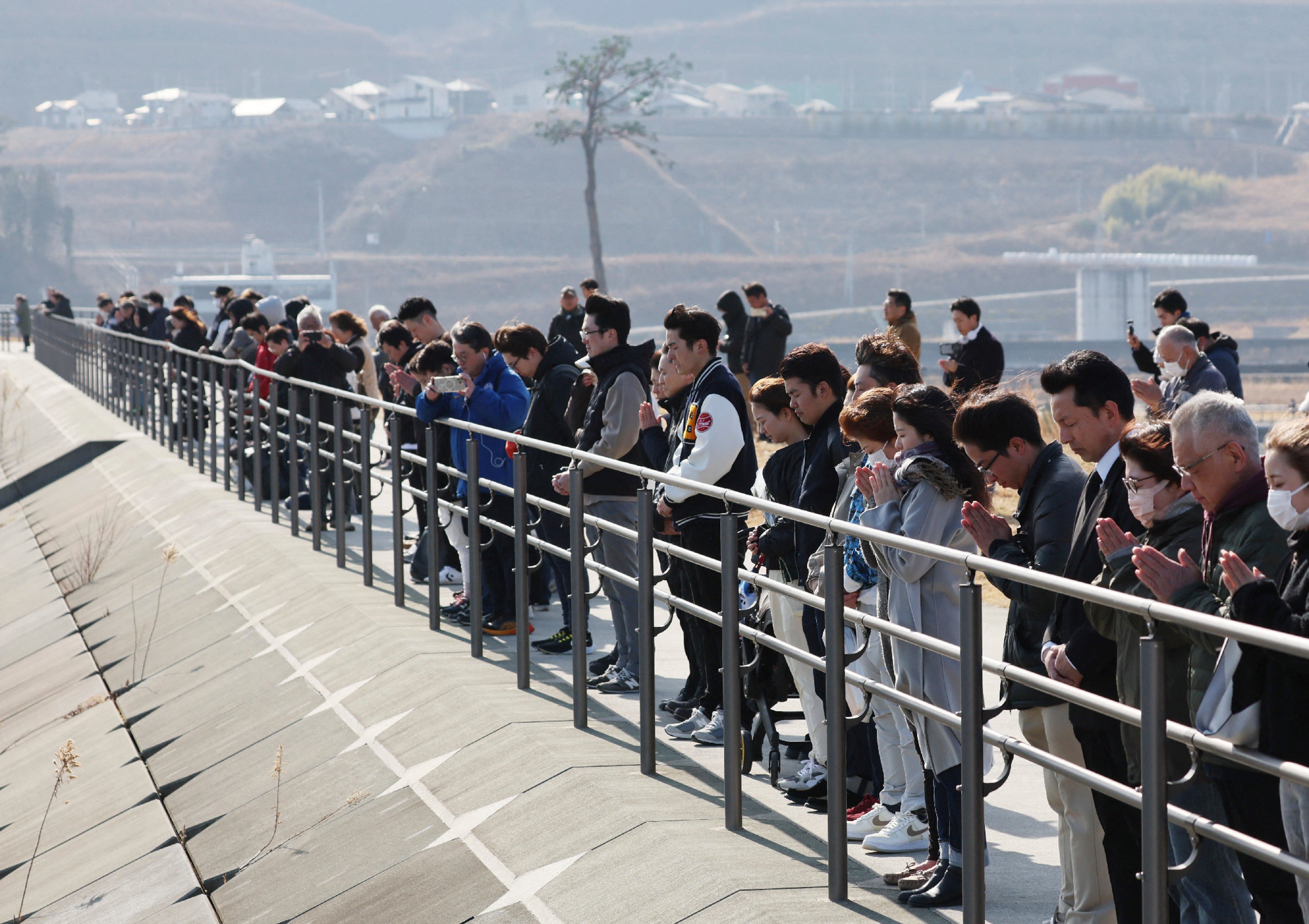A long-feared megaquake off Japan’s Pacific coast could kill nearly 300,000 people and cause economic damage equivalent to half the country’s GDP, the government has warned in a new report.
The updated assessment, released on Monday by Japan’s Cabinet Office, estimates the worst-case scenario would result in ¥270 trillion ($1.81 trillion) in damage – a sharp rise from earlier projections.
The increase reflects inflationary pressures as well as new terrain and flood data, which show the potential impact could stretch further inland than previously thought.
In January, Japan’s earthquake investigation panel increased the probability of a megaquake happening within the next 30 years to over 80 per cent.
A megaquake is an earthquake of magnitude 8 or higher, capable of causing more damage than a typical quake, especially when it occurs close to the surface or in densely populated regions.
One is expected to strike along the Nankai Trough – a 900km seabed zone where the Philippine Sea Plate is subducting beneath the Eurasian Plate.
A magnitude 9 earthquake along the trough could trigger massive tsunamis and the collapse of hundreds of buildings, particularly if it were to strike late at night during winter. The new report estimates 298,000 deaths and more than 1.2 million people displaced – roughly 10 per cent of Japan’s population.

The Nankai Trough, off Japan’s southwest coast, is known to produce major earthquakes every 100 to 150 years. The last major events were in the 1940s, and seismologists say strain has been building steadily since.
In 2011, a magnitude 9.0 quake struck off northeast Japan, triggering a tsunami that killed more than 15,000 people and caused meltdowns at the Fukushima Daiichi nuclear power plant – the world’s worst nuclear disaster since Chernobyl.
Last year, Japan issued its first-ever advisory warning of a “relatively higher chance” of a megaquake in the Nankai region following a magnitude 7.1 tremor near the edge of the trough.
Japan, one of the most earthquake-prone countries in the world, has heavily invested in early warning systems and infrastructure upgrades, but officials say more preparation is needed to protect communities from a disaster of this scale.
Additional reporting by agencies
